We are living in an era of extreme weather, and there is no end in sight. In July 2023 alone, there were devastating wildfires in Canada, severe thunderstorms that rocked the eastern United States, and extreme heat that made July 2023 the hottest on record. That led into August, which saw high winds down power lines causing the tragic Maui fires, while Southern California was hit by a 1-2 punch of Hurricane Hilary and an earthquake. All these events add pressure to an already taxed grid, leaving homeowners everywhere at an increased risk of power outages.
To offset this risk, many homeowners are making an investment in a backup energy source. Traditionally, fuel-powered generators are the common choice for backup energy, but the newer energy storage systems (ESS) are growing in popularity.
Energy storage systems, often referred to as ESS or battery backups, do just as the name says: store energy for use at a later time (i.e., when there is a power outage). They can be coupled with existing solar equipment or connected directly to the grid to build up energy storage. Then, energy is discharged when the grid is down, in the event of severe weather or other outages.
Energy storage systems require an up-front investment but deliver energy protection. Much like homeowners insurance, it is there if you need it. Depending on how many energy storage units are needed, ESS prices vary widely, but a good energy storage system is personalized to the homeowner’s specific needs. Much of the initial investment can be balanced through rebates and tax credits offered through state and federal incentives, such as the Investment Tax Credit (ITC) and The Inflation Reduction Act (IRA).
Installation and use of an ESS is typically easier than generators and does not require difficult or time-consuming maintenance, labor and cost. Most ESS equipment can be mounted to either a wall or floor, usually in a garage or basement. Even if installed on an exterior wall, ESS can generally be controlled from a mobile app as well, meaning there is normally no requirement to go outside in potentially dangerous conditions to operate. In fact, many are safe for indoor use and typically UL certified for system safety.
Once an ESS is installed, it starts paying the homeowner back. Not only is “ESS insurance” real payback, most ESS can be switched to self-consumption mode instead of grid electric during peak usage/rate periods, often known as Time of Use. And some utility companies are working with homeowners to establish a virtual power plant, which is a system where an ESS owner shares battery-stored power back to a utility company during high peak periods, with a corresponding incentive payment.
In the event of a prolonged power outage, an ESS can accommodate energy needs, but the system must be designed and installed accordingly. This can be accomplished in three ways. First, ESS paired with solar panels will help prolong the impact of the ESS battery by recharging it on sunny days, even without grid power. Second, multiple ESS can be connected to extend the length of time an ESS can power a home. Finally, an ESS can be personalized to only back up certain must-have applications instead of every power need in the house. Many homeowners choose to back up refrigerators and air conditioners, televisions, lights, and essential outlets, but may opt to omit certain and larger loads in the interest of longer battery “run time.” There are load-management products that can pair with ESS, but these add cost and complexity to systems.
Generators
Fuel-powered generators are efficient and durable, which historically has made them a popular choice for homeowners in need of a backup power source. Small, portable generators can cost as little as a few hundred dollars and can power a handful of devices for a period of time, while a whole home generator system could cost thousands of dollars, not to mention required annual maintenance costs.
But fuel-powered generators carry with them a few concerns. The biggest concern is that generators emit carbon monoxide, which could prove deadly. After Hurricane Laura in 2020, the Louisiana Department of Health verified personal injury and deaths due to generator emissions. Generators should always be placed far away from a home, meaning accessing a generator during a weather event (or its immediate aftermath) could pose additional personal risk.
Although fuel-powered generators must operate outdoors to receive adequate ventilation, generators should not be exposed to wet conditions due to the risk of electric shock, making their use challenging for rain-soaked areas. Other hidden costs of generators include the ongoing cost of fuel to power the generator, properly rated extension cords, setup and installation, and routine maintenance to keep the generator running in peak condition.
If used correctly, generators can provide backup power in the event of an outage. Depending on the size and scope of the generator, it can provide power for a few days to a few weeks. However, homeowners have more choices these days for backup power, and a high-quality ESS is proving to be the best investment when considering all aspects of backup power generation.
In summary, energy storage systems are fast becoming the first choice for emergency backup power or self-consumption scenarios. The initial investment can be offset with appropriate rebates, incentives, and use cases. Every ESS can be personalized to meet specific homeowner needs. On the other hand, fuel-powered generators are a long-standing backup power operating paradigm, strapped with emissions concerns, ongoing maintenance labor and cost, and potential personal risk during or after a power outage.
No matter which backup power option a homeowner chooses, the ongoing electric grid challenges and the rise of extreme weather make it clear that backup energy sources are quickly transitioning from a luxury to a must-have. Will you be ready when your power goes out?

Jim Brown is senior account manager, Residential ESS at LG Electronics USA.
The views and opinions expressed in this article are the author’s own, and do not necessarily reflect those held by pv magazine.
This content is protected by copyright and may not be reused. If you want to cooperate with us and would like to reuse some of our content, please contact: editors@pv-magazine.com.
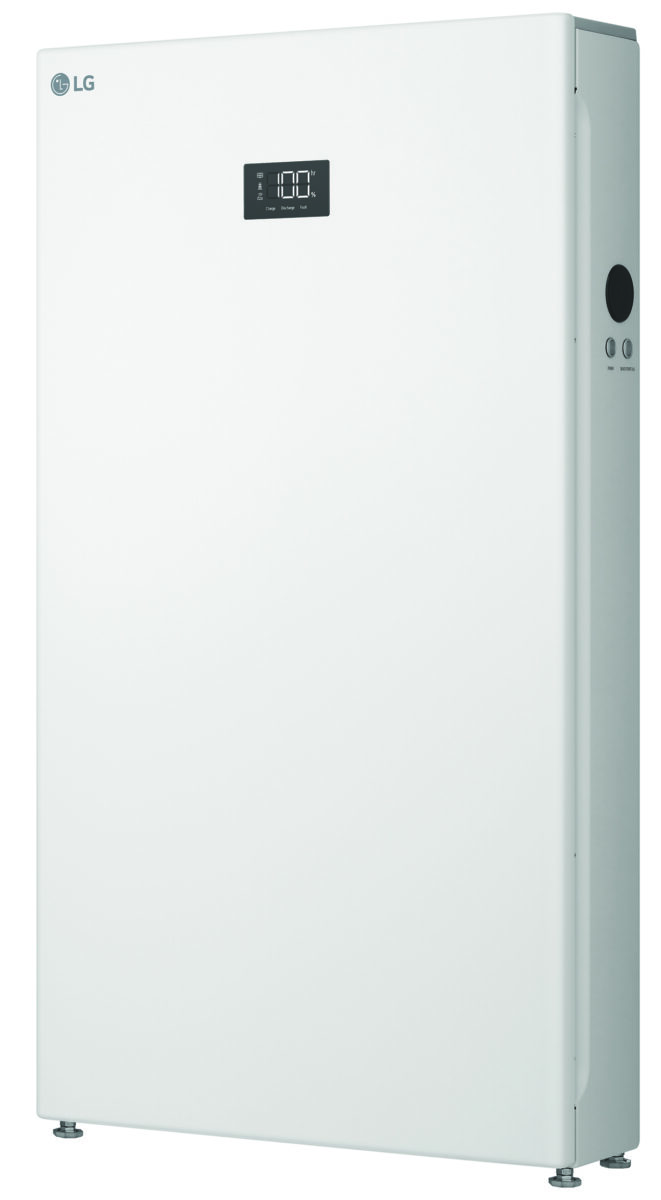

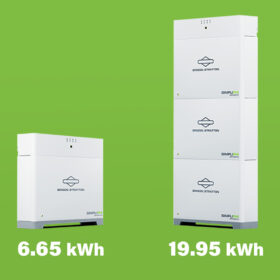
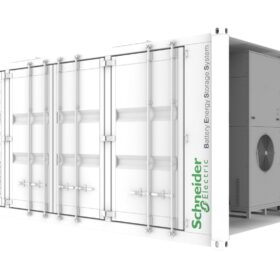
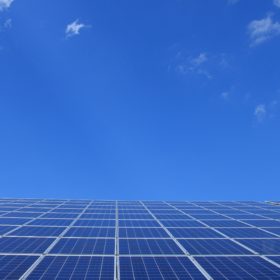
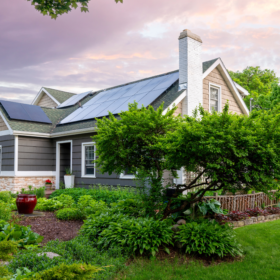
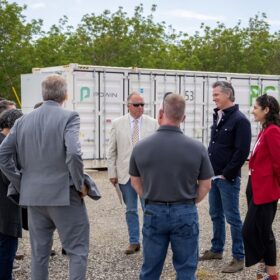
Standby generators are the only option. They don’t make an affordable storage system for solar. I would know, I’m in the business. Stop spreading blatant lies.